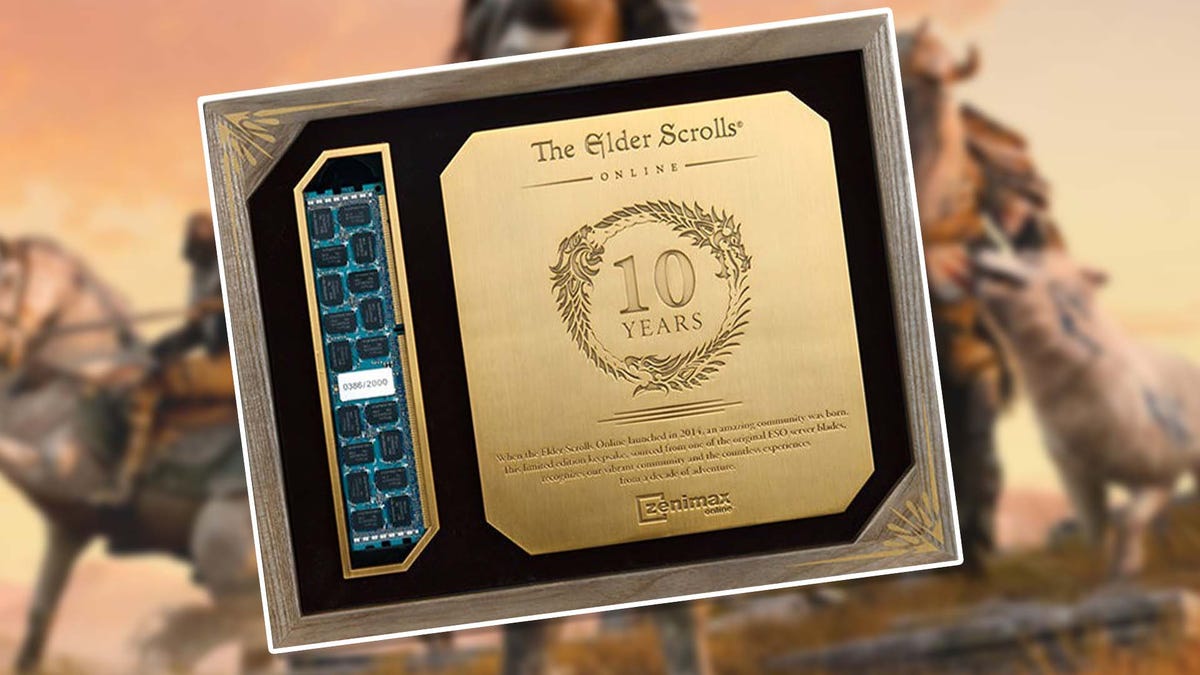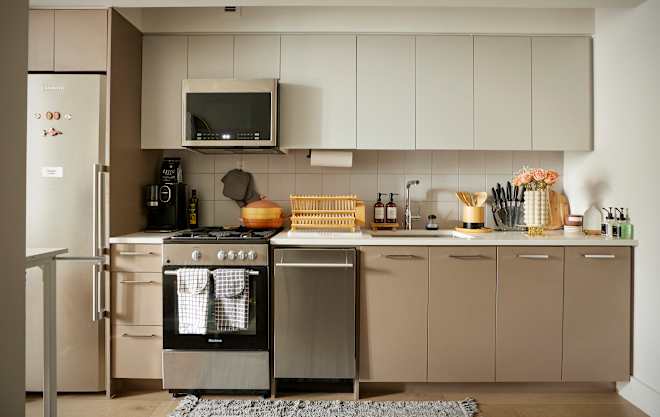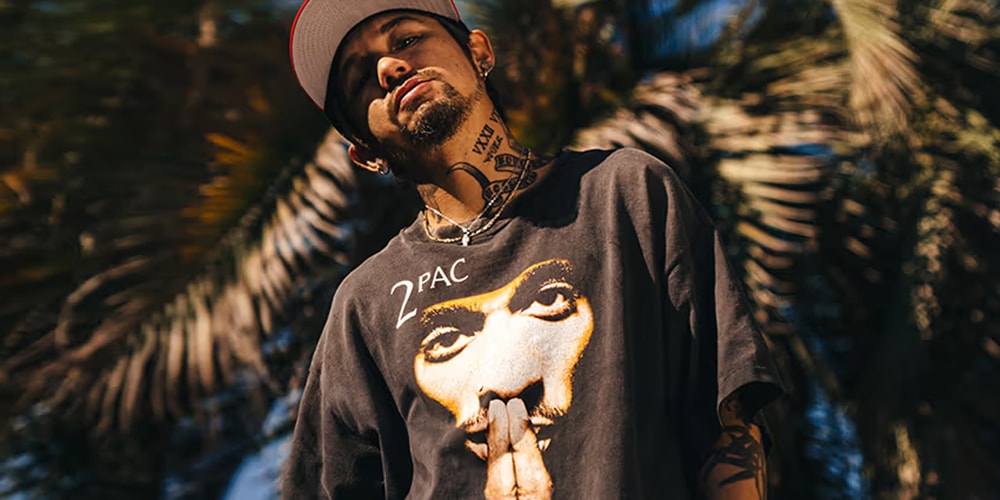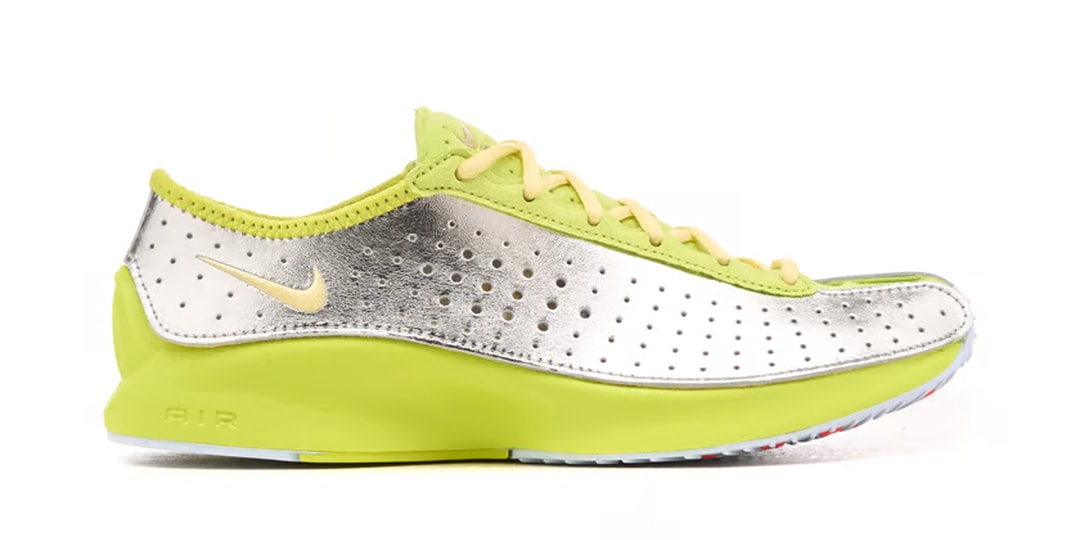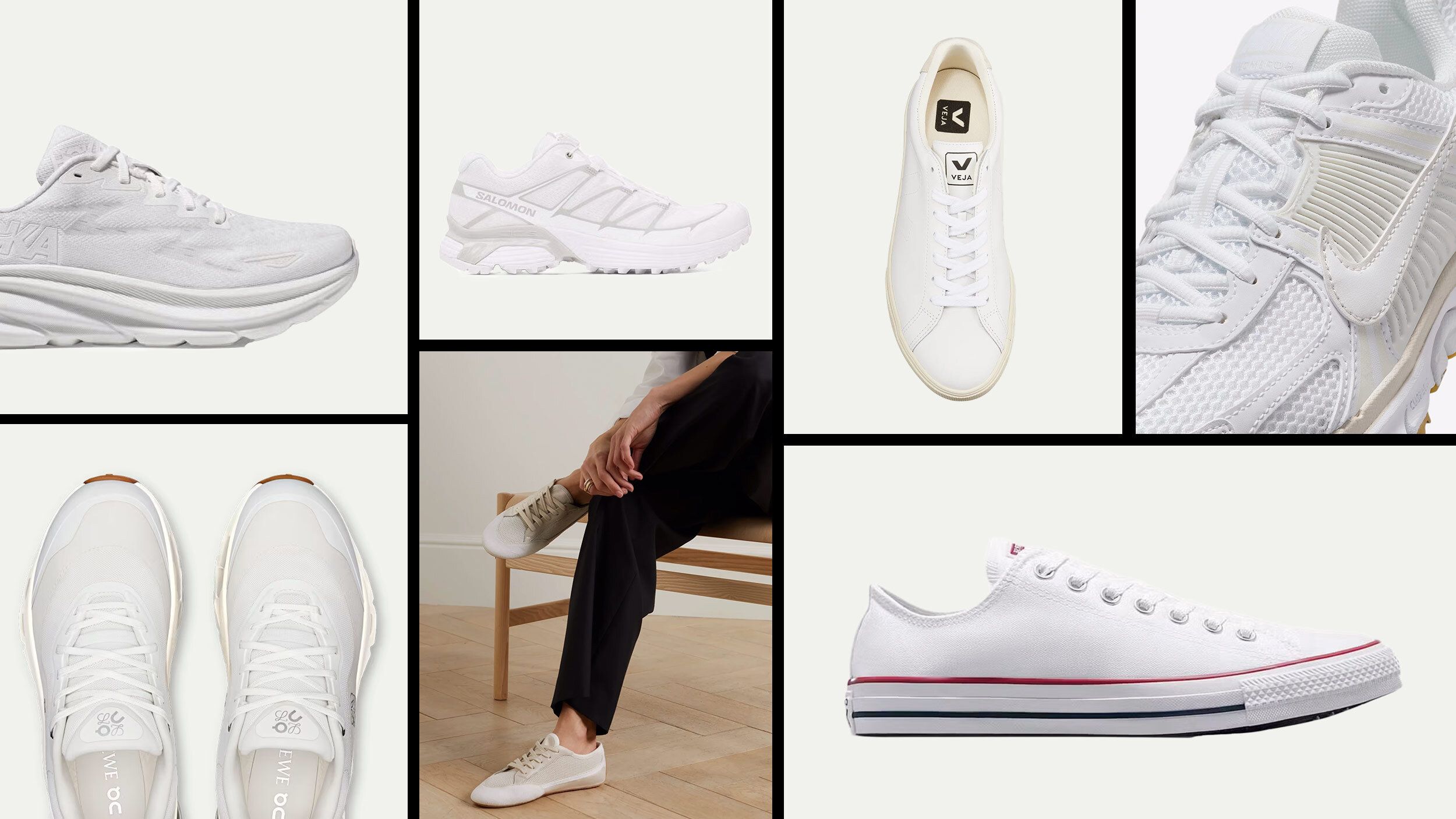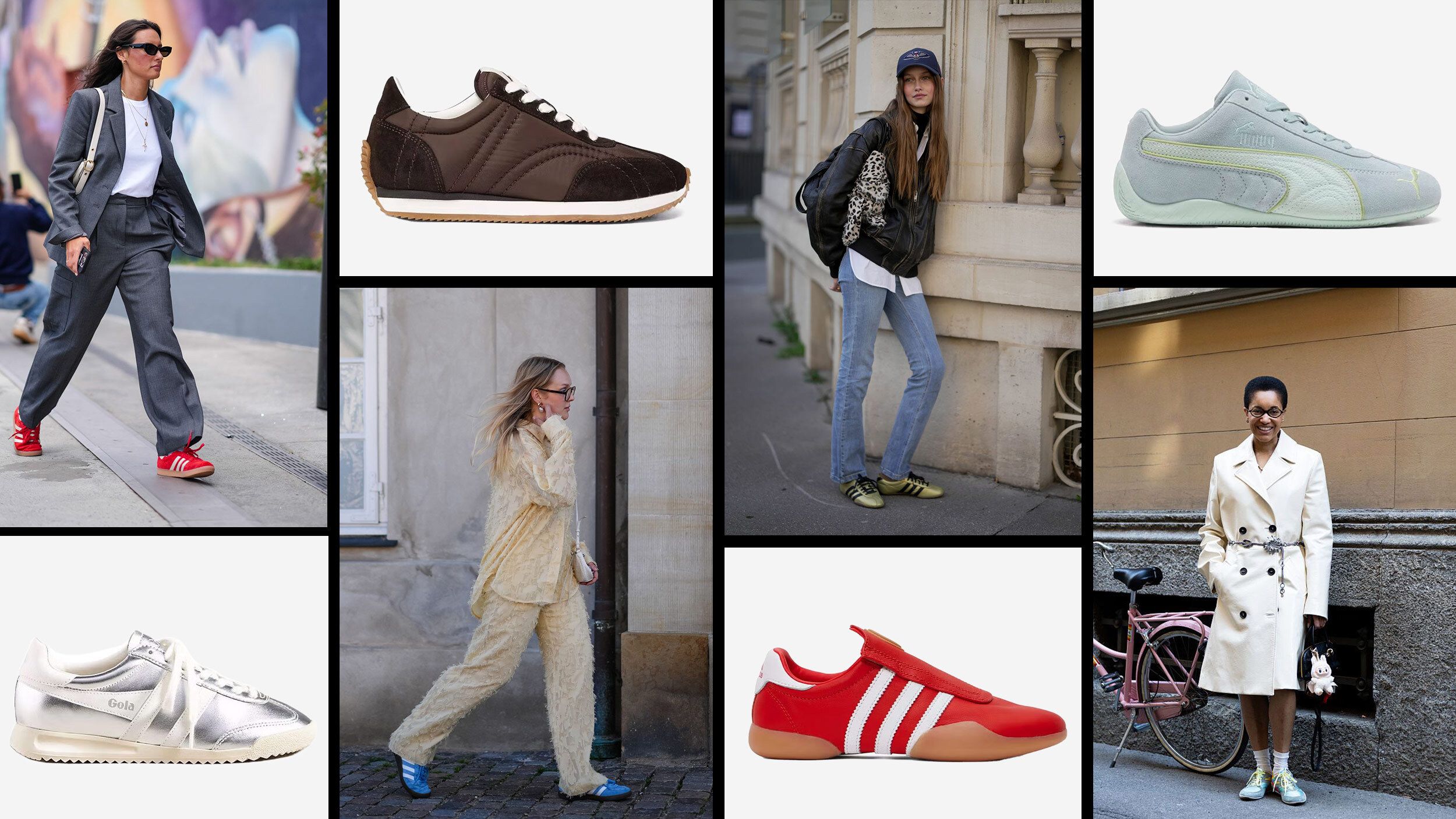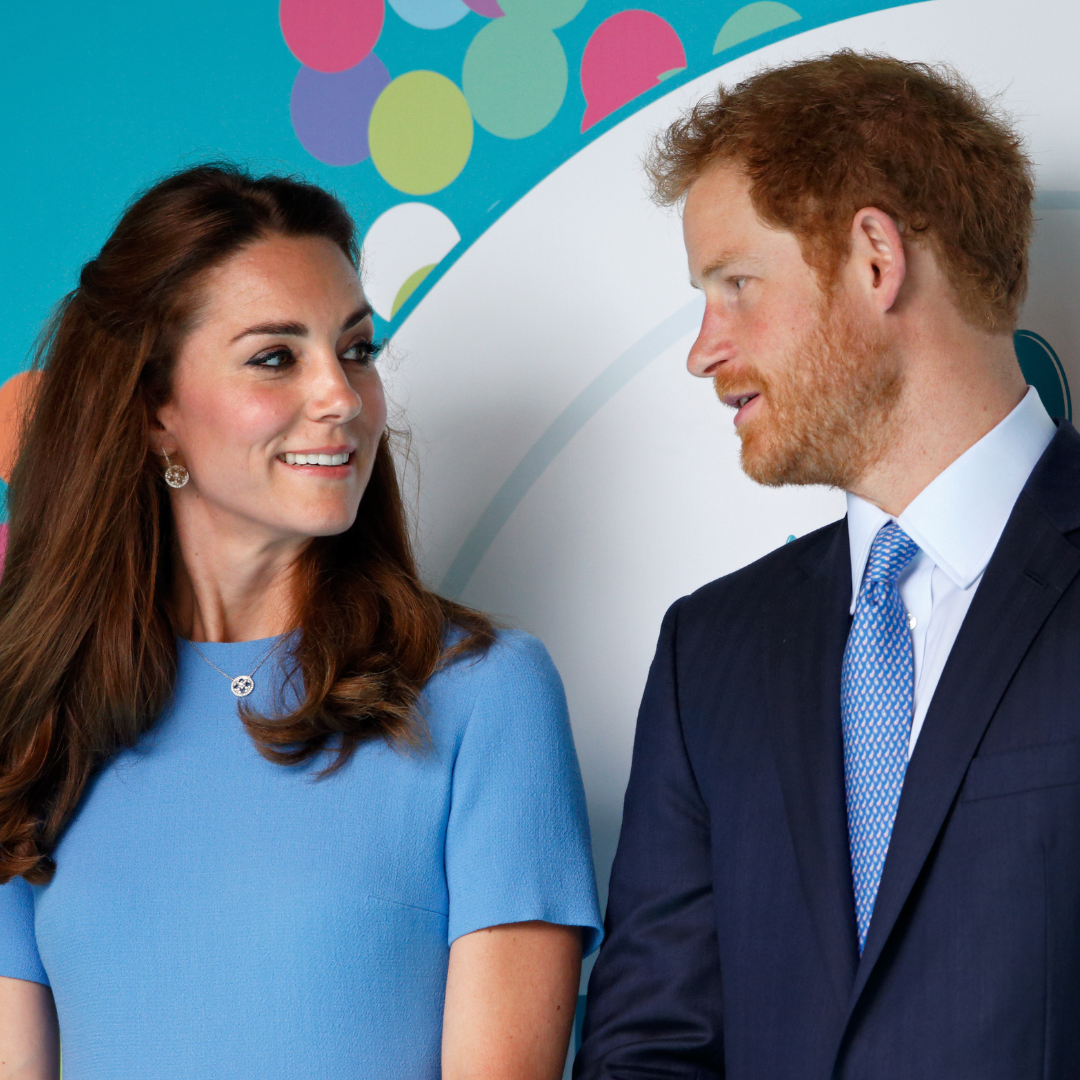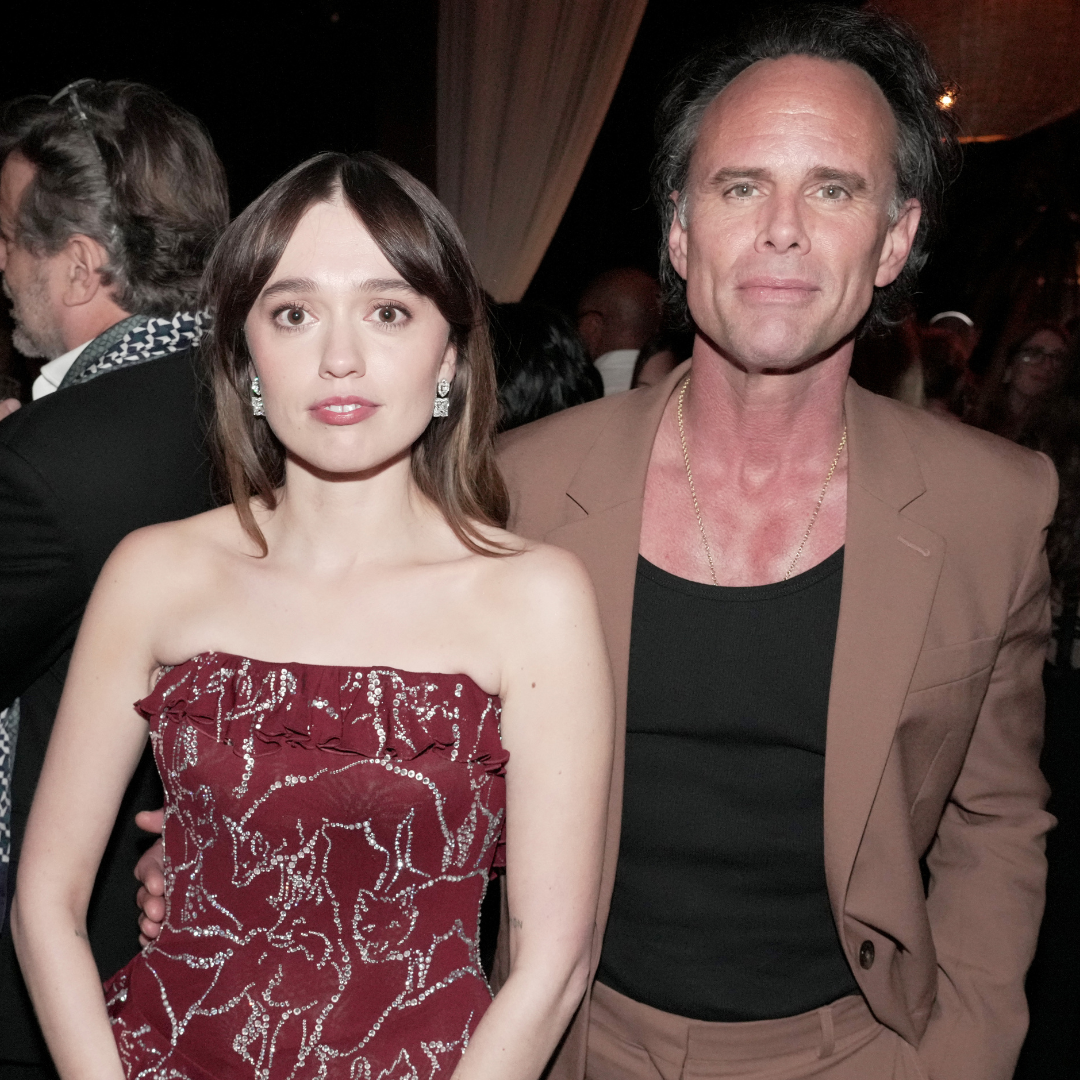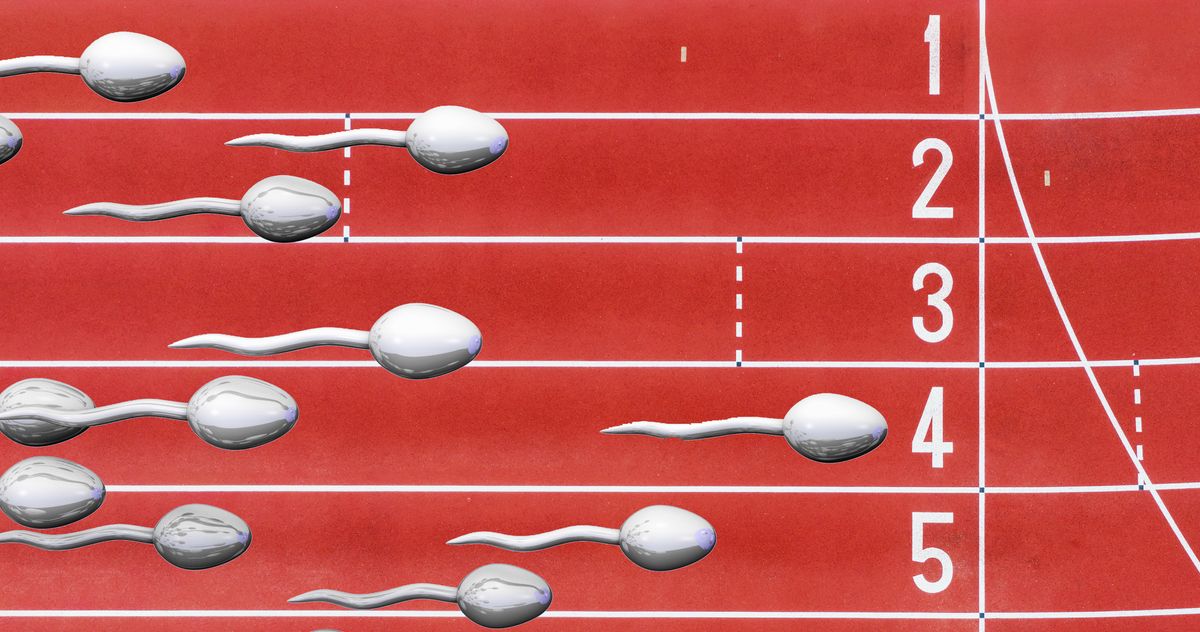If you are into photography, this isn't the iPhone for you
Image: Apple Apple has announced its latest iPhone in an expansion of the iPhone 16 lineup. The iPhone 16e is the lineup's cheapest model, essentially serving as a replacement for the budget-focused iPhone SE, though at a not as budget-friendly price. While the 2022 iPhone SE started at $429, the iPhone 16e is available for pre-order for $599. Even though it's not exactly cheap, it is $200 less than the standard iPhone 16. The iPhone 16e features the latest A18 chip and the brand new Apple C1 modem. It is the first iPhone to use a modem developed by Apple itself, which Apple has been trying to do for years. The 6.1-inch OLED display is the same size as the standard iPhone 16, so those hoping for the return of a smaller model are out of luck. Apple also killed off the iPhone's Touch ID interface with the 16e, instead relying on the Face ID-enabled notch. While Apple built the iPhone 16e with plenty of new and advanced technology, as a budget model, it naturally comes with compromises to keep the price relatively low. Unfortunately, the camera system on the 16e seems to take the biggest hit with only a single rear facing camera. A sample from the iPhone 16e's 48MP Fusion camera. Photo: Apple Most smartphones these days feature a multi-camera array on the back of the phone. These offer a range of focal lengths and individual sensors that serve specific purposes so that users aren't reliant on low-quality digital zoom. Apple, though, opted for a "two-in-one camera system" on the iPhone 16e. The base of that system is a 26mm equivalent F1.6 Fusion camera capable of 24MP photos. The Fusion portion of the name refers to the fact that it combines two cameras into one. So, that same lens enables a 2x telephoto camera, which is simply digitally converted from the wider offering, resulting in a 52mm equivalent F1.6. Portrait mode on the iPhone 16e. Photo: Apple Both of the rear facing cameras offer optical image stabilization. As is expected for smartphone cameras these days, they rely on computational photography and provide access to Apple's Night mode and Portrait mode. Beyond the 2x telephoto offering, the phone offers 10x digital zoom. The front of the phone features a standard 12MP F1.9 selfie camera. For video, the iPhone 16e promises "stunning videos" in up to 4K resolution with Dolby Vision up to 60 fps. Naturally, Apple still promises excellent image quality across the board. It certainly is a significant step up from the iPhone SE, which only offered a single 12MP main camera and no Dolby Vision video. Additionally, the iPhone 16 and 16 Plus both feature a 48MP Fusion camera, which provides excellent results despite the reliance on what is effectively virtual zoom. The 16 and 16 Plus, though, have the addition of an ultra wide camera as well. That is not the case on the 16e, so users will be more limited on the new model. For those who want a smartphone camera for capturing for memories and to serve as, well, a phone, the iPhone 16e is certainly a worthy device. But photography enthusiasts or those looking to get the most out of their smartphone camera will likely be a bit disappointed and limited by the camera setup.

 |
| Image: Apple |
Apple has announced its latest iPhone in an expansion of the iPhone 16 lineup. The iPhone 16e is the lineup's cheapest model, essentially serving as a replacement for the budget-focused iPhone SE, though at a not as budget-friendly price. While the 2022 iPhone SE started at $429, the iPhone 16e is available for pre-order for $599. Even though it's not exactly cheap, it is $200 less than the standard iPhone 16.
The iPhone 16e features the latest A18 chip and the brand new Apple C1 modem. It is the first iPhone to use a modem developed by Apple itself, which Apple has been trying to do for years. The 6.1-inch OLED display is the same size as the standard iPhone 16, so those hoping for the return of a smaller model are out of luck. Apple also killed off the iPhone's Touch ID interface with the 16e, instead relying on the Face ID-enabled notch.
While Apple built the iPhone 16e with plenty of new and advanced technology, as a budget model, it naturally comes with compromises to keep the price relatively low. Unfortunately, the camera system on the 16e seems to take the biggest hit with only a single rear facing camera.
 |
|
A sample from the iPhone 16e's 48MP Fusion camera. Photo: Apple |
Most smartphones these days feature a multi-camera array on the back of the phone. These offer a range of focal lengths and individual sensors that serve specific purposes so that users aren't reliant on low-quality digital zoom. Apple, though, opted for a "two-in-one camera system" on the iPhone 16e. The base of that system is a 26mm equivalent F1.6 Fusion camera capable of 24MP photos. The Fusion portion of the name refers to the fact that it combines two cameras into one. So, that same lens enables a 2x telephoto camera, which is simply digitally converted from the wider offering, resulting in a 52mm equivalent F1.6.
 |
|
Portrait mode on the iPhone 16e. Photo: Apple |
Both of the rear facing cameras offer optical image stabilization. As is expected for smartphone cameras these days, they rely on computational photography and provide access to Apple's Night mode and Portrait mode. Beyond the 2x telephoto offering, the phone offers 10x digital zoom. The front of the phone features a standard 12MP F1.9 selfie camera. For video, the iPhone 16e promises "stunning videos" in up to 4K resolution with Dolby Vision up to 60 fps.
Naturally, Apple still promises excellent image quality across the board. It certainly is a significant step up from the iPhone SE, which only offered a single 12MP main camera and no Dolby Vision video. Additionally, the iPhone 16 and 16 Plus both feature a 48MP Fusion camera, which provides excellent results despite the reliance on what is effectively virtual zoom. The 16 and 16 Plus, though, have the addition of an ultra wide camera as well. That is not the case on the 16e, so users will be more limited on the new model.
For those who want a smartphone camera for capturing for memories and to serve as, well, a phone, the iPhone 16e is certainly a worthy device. But photography enthusiasts or those looking to get the most out of their smartphone camera will likely be a bit disappointed and limited by the camera setup.



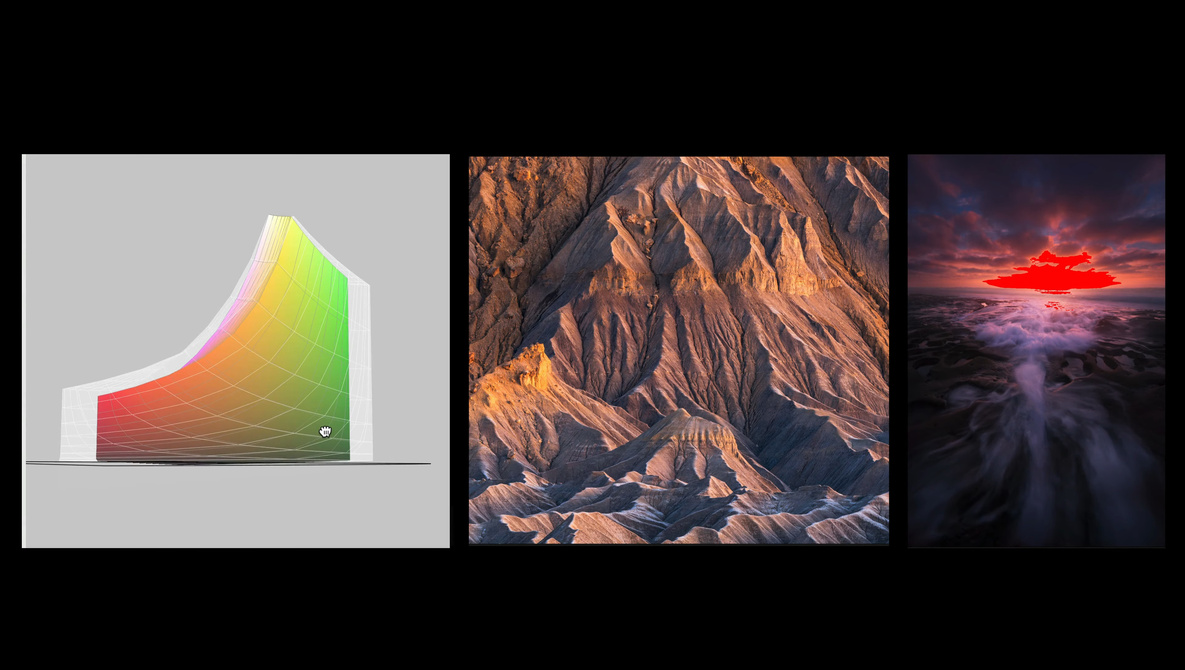






























































-Baldur’s-Gate-3-The-Final-Patch---An-Animated-Short-00-03-43.png?width=1920&height=1920&fit=bounds&quality=70&format=jpg&auto=webp#)










